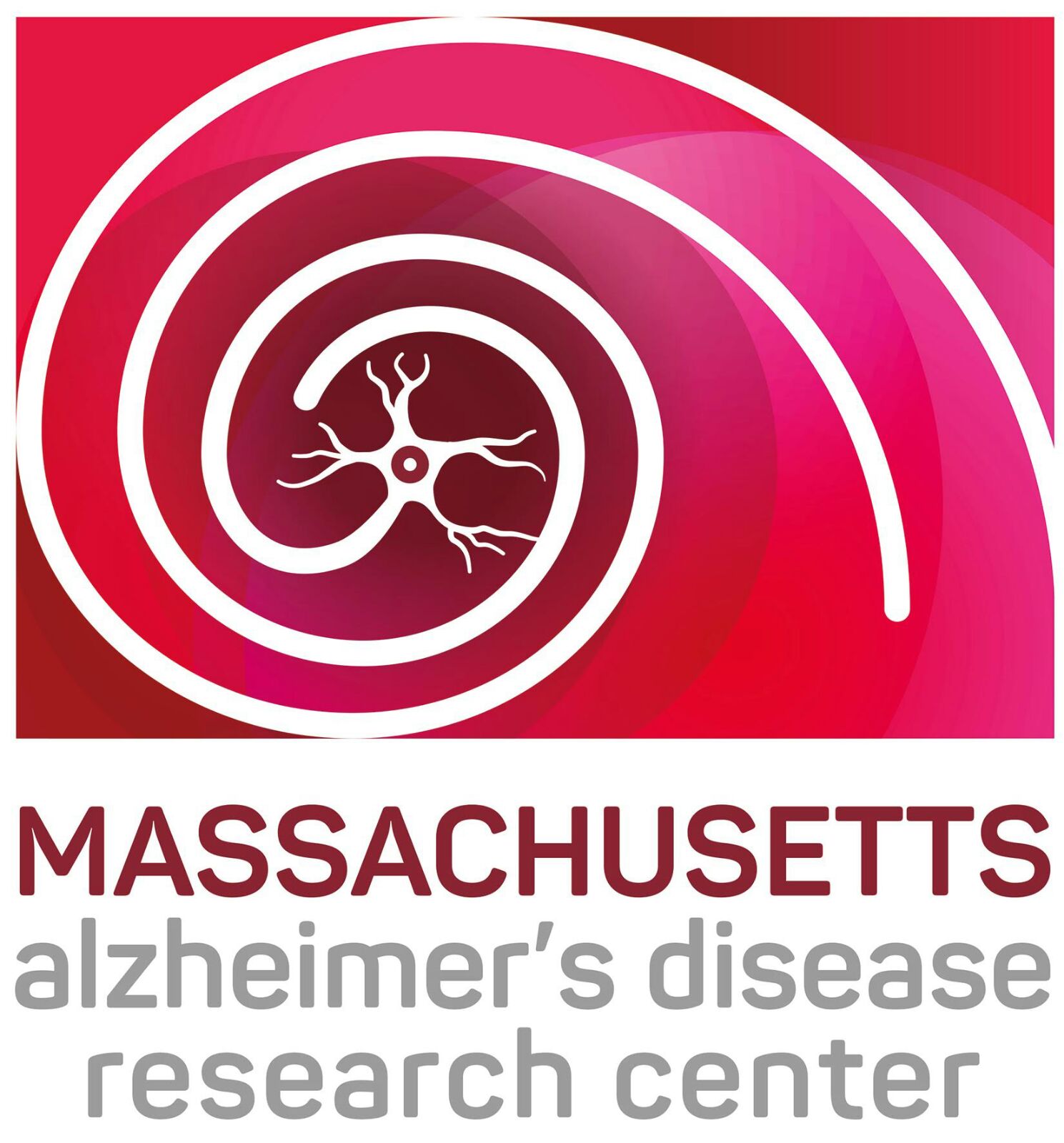Protein aggregation — in which misfolded proteins clump together to form large fibrils — has been implicated in many diseases including Alzheimer’s, Parkinson’s, and type II diabetes. While the exact role these fibrils play in diseases isn’t fully understood, many of the current treatments for diseases like Alzheimer’s and Parkinson’s target the aggregation process. However, finding the right treatment protocols for these drugs, which can be toxic in large doses, is challenging.
Recently, researchers from the Harvard John A. Paulson School of Engineering and Applied Sciences (SEAS) developed a model to better understand how drugs inhibit the growth of protein fibrils, offering a guide to develop more effective strategies to target protein aggregation diseases. The researchers found that different drugs target different stages of protein aggregation and the timing of their administration plays a critical role in inhibiting fibril growth.
“Our research highlights the importance of understanding the relationship between the chemical kinetics of protein misfolding, the mechanisms by which drugs inhibit protein aggregation, and the timing of their administration,” said L Mahadevan, the Lola England de Valpine Professor of Applied Mathematics, of Organismic and Evolutionary Biology, and of Physics at Harvard University. “This understanding could have important implications for intervention protocols to prevent pathological protein aggregation.”Protein aggregation involves a number of steps, beginning with what’s called primary nucleation, in which the misfolded proteins join together to form a fibril, which then elongates. Once a critical number of fibrils is formed, aggregation accelerates due to a process known as secondary nucleation, leading to exponential growth.
www.seas.harvard.edu/news/2019/08/using-math-to-help-treat-alzheimer-s-p…
